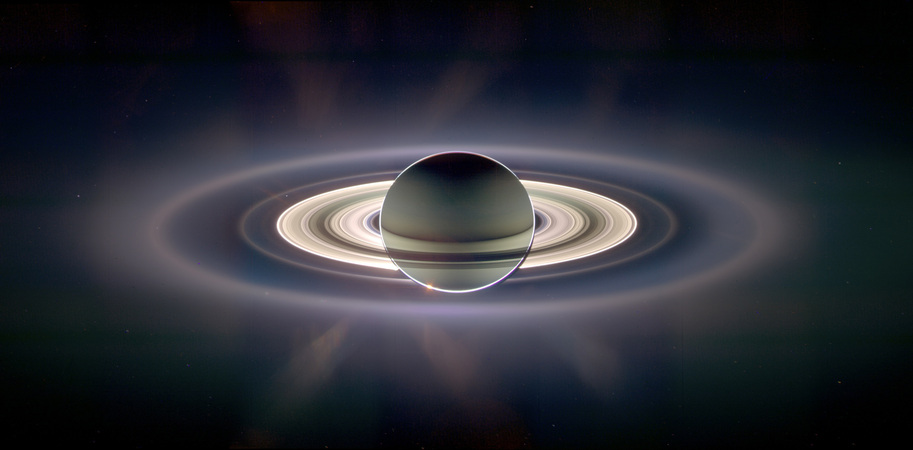- Sat 16 June 2007
- Astronomy
- #Astronomy, #Images
 The
image above was taken by the adaptive optics team at
the Keck
Observatory
during 2005. It shows a distant Kuiper Belt object known at
that time as 2003 UB313, and a small companion object. Despite poetic
naming not being an astronomy strong point the discoverers of 2003 UB313
[1] had unofficially nicknamed the object Xena (in the
Greek gods theme of planet names). The Keck astronomers, somewhat
tongue-in-cheek, nicknamed its companion Gabrielle after the
TV show sidekick of Xena. :) As time
goes by we are learning more about these remote solar companions.
The
image above was taken by the adaptive optics team at
the Keck
Observatory
during 2005. It shows a distant Kuiper Belt object known at
that time as 2003 UB313, and a small companion object. Despite poetic
naming not being an astronomy strong point the discoverers of 2003 UB313
[1] had unofficially nicknamed the object Xena (in the
Greek gods theme of planet names). The Keck astronomers, somewhat
tongue-in-cheek, nicknamed its companion Gabrielle after the
TV show sidekick of Xena. :) As time
goes by we are learning more about these remote solar companions.
Now officially named Eris, 2003 UB313
was initially estimated to be \(3000{\pm}400\) km across [2]
based on the heat radiated from the body and some assumptions. Later
Hubble Space Telescope observations of Eris as it occulted a
star (More on
occultations)
allowed the size estimate to be refined to \(2400{\pm}100\) km
[3]… very similar to Pluto. In the image Eris can be
seen to have a satellite (moon) of its own; now named Dysnomia.
Dysnomia has a diameter less than 150 km. The
discovery of a moon opened up a way to determine just how much mass is
in the main body. Weighing the moon was done by accurately measuring the
time taken for Dysnomia to orbit Eris and their separation, in this case
15.7 days and \(37350{\pm}140\) km. The needed measurements were completely
only recently [4]. Application of Kepler's laws of
planetary
motion,
particularly the general form of the third law (thanks to
Newton), allows
the mass to be calculated: \(1.67{\times}10^{22}\) kg. Eris is almost 30% heavier
than Pluto but about the same size.
You might recall the hubbub surrounding last year's International Astronomical Union (IAU) decision to put a definition on the term planet (PDF). The fact that Eris was initially assessed as larger than Pluto (2390 km), and that there were likely to be many more objects like it, partly drove the need to define planet. Pluto, the last planet to be discovered, was relegated to the new category of dwarf planet to join the asteroid Ceres and Eris.
The ways that astronomers have found to gather information about things they cannot even hope to get close to never ceases to impress me.
Clear Skies!
See also:
[1] Brown, M. E.; Trujillo, C. A.; Rabinowitz, D. L. Discovery of a Planetary-sized Object in the Scattered Kuiper Belt. The Astrophysical Journal, Volume 635, Issue 1, pp. L97-L100. NASA ADS Entry
[2] Bertoldi, F.; Altenhoff, W.; Weiss, A.; Menten, K. M.; Thum, C. The trans-neptunian object UB313 is larger than Pluto. Nature, Volume 439, Issue 7076, pp. 563-564 (2006). NASA ADS Entry
[3] Brown, M. E.; Schaller, E. L.; Roe, H. G.; Rabinowitz, D. L.; Trujillo, C. A. Direct Measurement of the Size of 2003 UB313 from the Hubble Space Telescope. The Astrophysical Journal, Volume 643, Issue 1, pp. L61-L63. NASA ADS Entry
[4] Michael E. Brown and Emily L. Schaller. The Mass of Dwarf Planet Eris. Science, Vol. 316. no. 5831, p. 1585. Journal link
